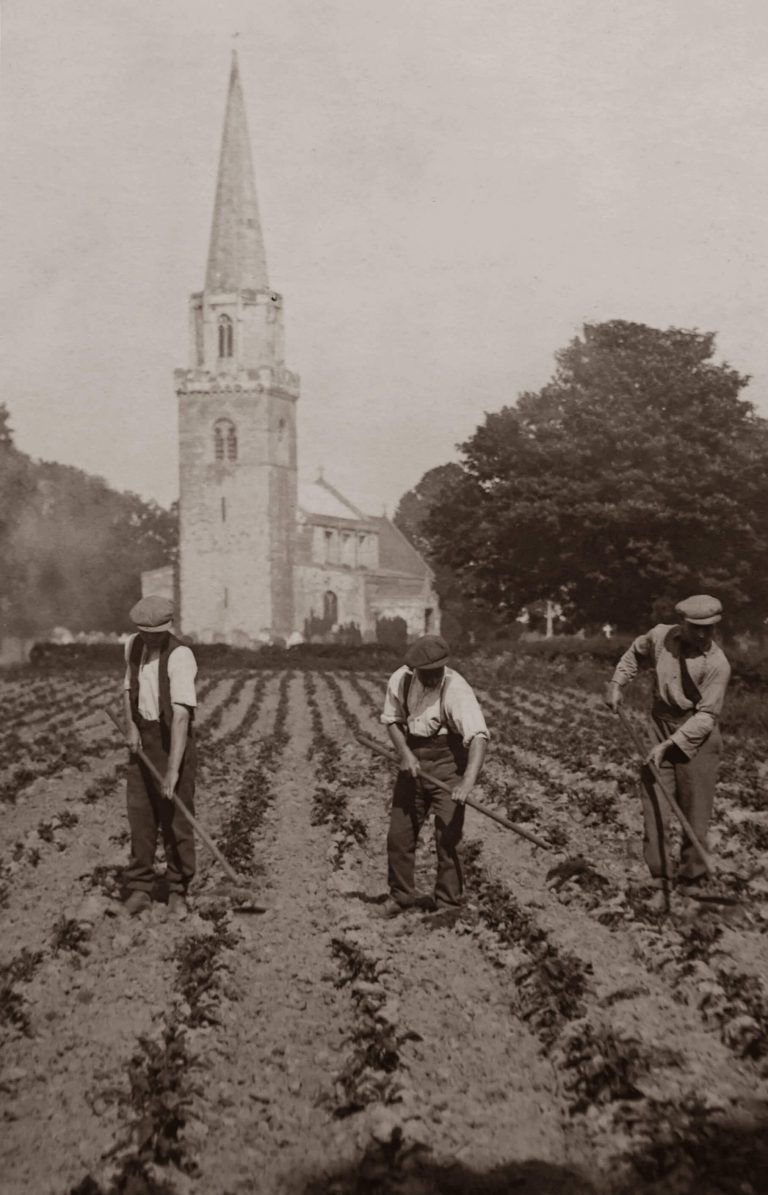


HISTORY OF THE POTATO STORAGE
If we want to tell something about the history of potato preservation, we have to go back to the time when the potato was first written about. The first indications of a finding of starch from the potato come from South America. It is said to have been found in that region 12,500 years ago, in present-day Peru and Chile.
One of the most important figures in the history of the European potato was the physician and botanist, Carolus Clusius. Born in French-speaking Flanders, later the Southern Netherlands, this botanist lived from 1526 to 1609.
Through his research he has made an important contribution to the development of the Solanum Tuberosum variety and the introduction of this potato as a food crop in our European regions. On his wanderings through southern Europe, he met many other scientists, especially in Portugal, Spain and Turkey. He took the cuttings of the different varieties to his Hortus in Mechelen, and through breeding different varieties were created. He also brought them to the Hortus in Leiden. In 1594 he became professor in Leiden, where he headed the Hortus Botanicus until his death in 1609. To this day, the Clusius Garden can be admired next to the entrance building of the Hortus in Leiden.
Despite all efforts, it took until 1727, when the potato was only accepted as a complete food in Friesland. Due to the important nutritional value of carbohydrates and vitamin C, the potato became increasingly important in times of hunger. In the current time, the potato can no longer be ignored from our daily food, and comes in many variations. Breeding, breeding, protecting and preserving has become a trademark. The Netherlands has now climbed to the number 2 position in the world.
Storing the potato is not so easy to figure out. An Indian tribe from South America, the Quichua, lives in the Andes mountains, mainly in Chile and Peru. She was the first to describe how she could preserve the potato by making flour from it. The Andes Mountains are known for its capricious mountain landscape and the associated large temperature differences. The days are warm, up to 30°C, and the nights cold, down to -10°C. These differences were used for both growth and storage.
When the harvest was taken from the fields, a selection was made between consumption and storage. The lots were split and the lot intended for consumption was divided among the tribes. The batch to be stored was moved to the areas with the coldest temperatures at night, and there the potatoes were spread on mats on the bottom to freeze. The next morning they returned and the potatoes, which had now softened, were pounded into a pulp with bare feet. This pulp was moved to the warmest places in the sun, where the pulp dried into powder. In this way the flour was made from powder, which was kept in barns for years after the harvest, depending on the weather need.
Later in time, ways were found to preserve the potato in its entirety, as we do today. In Colorado, USA, the potatoes were placed in deep, hard-to-reach caves up to 60 meters deep. A constant temperature of 4°C and optimum humidity was maintained here, in order to keep the potato in the best condition. From that period it has been described that there was no discernible difference at all between the new harvest and, the potatoes that had been stored in the cave for 2 years, no color or even no difference in taste. Very special.
In the Netherlands, after the war, often existing sheds were used for the storage of potatoes. Few materials were available and one had to make do with everything available. Simple thatched barns, with only one opening as an entrance door. Tools were pure and mechanical, powered by horse and manpower. Later, tractors and electricity came as drivers for further mechanization.
One of the first companies to specialize in potato storage was the Tolsma family. As early as 1952, this family was active in the north of the country, involved in the trade in white goods and the installation of electricity in farmers' barns. Later, electrical installations with fans, and so the first storage sheds were created. In 1966, in Emmeloord, they started manufacturing ventilation systems and air ducts, an innovation in storage technology at the time. It has now become Tolsma-Grisnich BV, and the mechanical cooling has been expanded with completely computer-controlled temperature monitoring. They are the specialist in potato storage with a solid reputation all over the world. Another big name in storage technology is Omnivent, located in Zeewolde. This specialist has also been around for a long time, since 1986, and is active worldwide. Omnivent is an important player in refrigeration technology for food storage in the broadest sense. Both companies are leaders in their respective fields on the global market.
This leading position was not obtained automatically, development continues every day. Food safety, storage and preservation, and the prevention of food waste, is an important issue worldwide. Special potato country in the Netherlands. We want to make our contribution with the Nebulizer Agro. Using the new generation of sprout inhibitors in the safest way. To start in the Netherlands.
Source: freepublicity@freeagroworld.omnivent.uspotato.wur.tolsma.sluystechniek.servatech.


